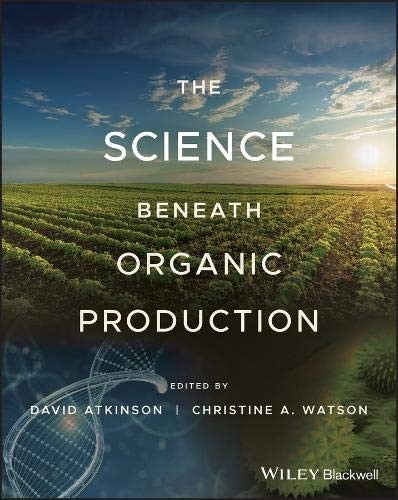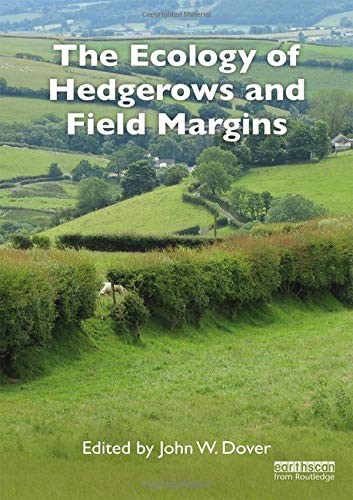News
Land use and biodiversity conservation highlighted in two new WildCRU book chapters
WildCRU’s Ruth Feber, Paul Johnson and David Macdonald are delighted to have contributed chapters to two ground-breaking books, published this spring. In the first of these, “The Science Beneath Organic Production”, (edited by David Atkinson and Christine Watson), experts explore the cultural context of food production and examine the historical aspects, economic implications, and key scientific elements that underpin organic crop production. Agriculture’s potential for impact on landscapes and on all the other organisms with which we share the land is greater than for almost any other human activity. Across the globe, agriculture has adversely affected soil, landscapes and biodiversity, yet not all approaches to food production have an equal environmental impact. WildCRU’s chapter focuses on organic farming and biodiversity, reviewing the ways in which environmentally attuned food production can aid the restoration of biodiversity.
In the second book, “The Ecology of Hedgerows and Field Margins”, (edited by John Dover), leading ecologists review and assess the current state of research on hedgerows and field margins, vital habitats that deliver a range of ecosystem services on farmland. The mammal community – an important, perhaps undervalued, component of farmland biodiversity – is the subject of WildCRU’s chapter. Hedgerows and field margins contribute to the conservation of mammals through providing resources such as food, shelter and nest sites, and as corridors facilitating movement through the landscape. These linear habitats are used by a range of farmland mammals, including species of conservation concern, such as harvest mice and dormice, and those which can be perceived as problematic, such as foxes and badgers. Our chapter synthesises key literature on the use of hedgerows and field margins by farmland mammals, exploring the aspects which influence this, and how restoration and management of these habitats can optimise their benefits for mammal conservation.







